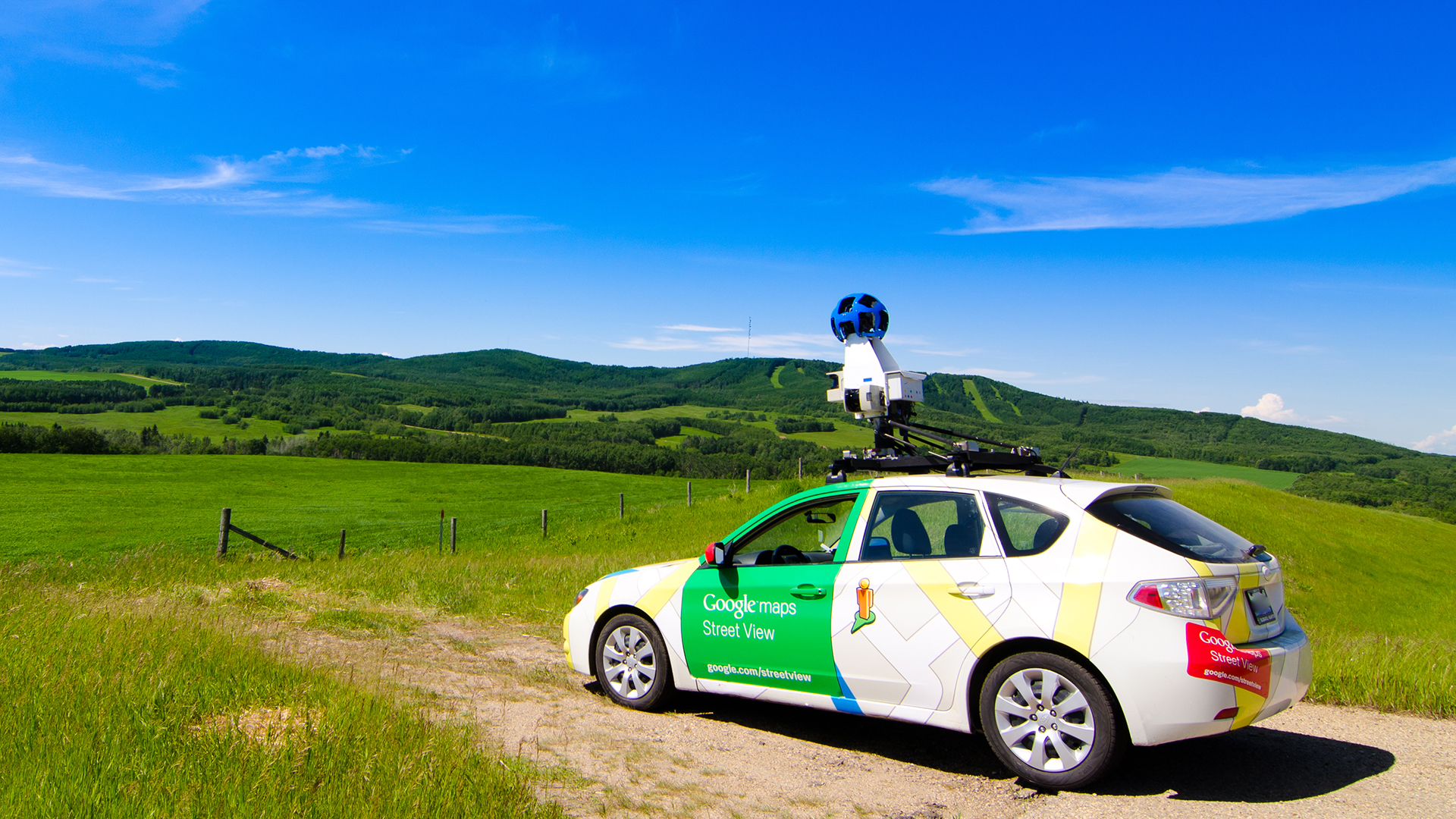

Google’s Street View cars have begun pinpointing the places where natural gas is leaking from pipes as the cars roll across the roadways of America’s towns and cities.
The Google cars have been outfitted with methane-detecting sensors by a group of scientists from Colorado State University, thanks to funding by the Environmental Defense Fund and as part of a partnership with Google Earth Outreach. Using the laser-based methane scanners, the Street View cars have so far managed to survey pieces of 11 different cities across the U.S., including Chicago, Los Angeles, Dallas, Boston, and New York’s Staten Island.
Methane—the key ingredient in most forms of natural gas used by municipalities—is an exceedingly powerful greenhouse gas, packing dozens of times the global warming power of the more frequently-vilified carbon dioxide. Yet in many parts of America, it’s carried about in old, cracked pipelines that allow it to spew into the air. As Seeker points out, given the exorbitant costs of replacing said pipe—often as high as $2 million per mile—many utilities choose to let the leaks go untreated.
The result, the Google Street View cars discovered, was a wide disparity in the number of leaks found in various municipalities. Areas with older pipes that are more prone to corrosion, such as Boston and Staten Island, reported methane leaks as often as once a mile; other cities with newer, sturdier pipes, such as Indianapolis, Jacksonville, and Burlington, Vermont, reported them far less frequently.
According to Seeker, the methane detectors work by sucking outside air into a tube in the Street View car’s trunk, where the air is blasted by an infrared laser. This isn’t to combust the flammable gas; rather, since methane absorbs infrared radiation, the shadows cast by the laser light can be used to determine how much of the target gas is in the sample. Samples are taken 2,000 times per second, and paired with GPS coordinates, accumulating a rich map of data that’s open to the public.